Every time we go to town, we pass the Brunner Mine memorial. We’ve been wanting to stop there ever since we moved in February, but never took the time until a few weeks ago. We read a book titled The Mine’s Afire a few months ago in preparation; it tells the story of the explosion that claimed the lives of 65 miners in the Brunner Mine in 1896. Reading that story made our tour of the mine site much more meaningful.
First, we saw the shaft of the Tyneside Mine, on our side of the river.
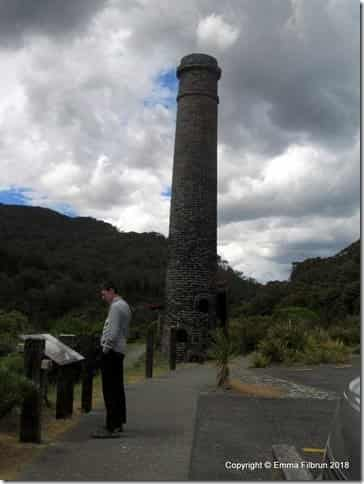
This is where the mine actually went down.

A nice walking track has been formed from the carpark at the Tyneside Mine down to the footbridge over the Grey River.




I don’t know what this structure was, but it was interesting!
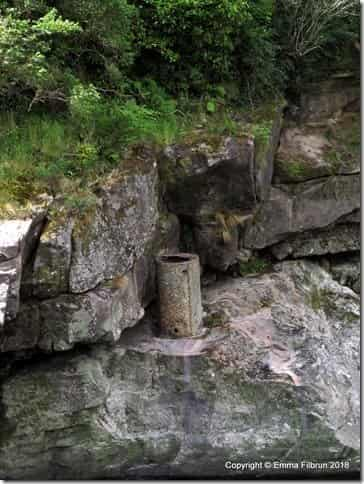
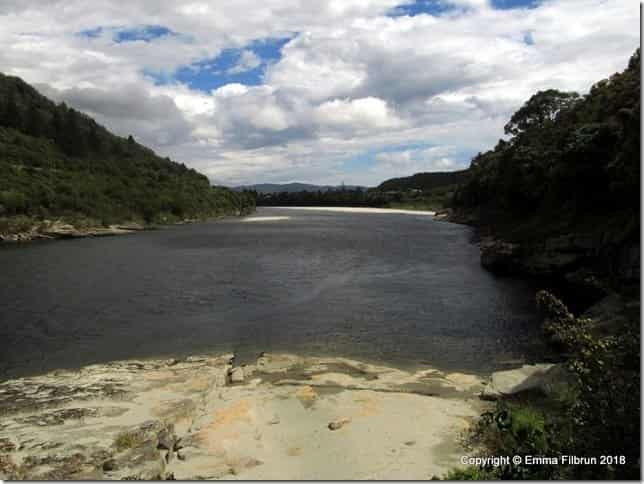

The return airway of the Brunner Mine. They had to have a very good ventilation system for the mine, but even that wasn’t enough to prevent the tragedy.

This was ruins of the brickworks that was part of the mine complex.


This wheel was used for crushing the fire clay that was used to make fire bricks.
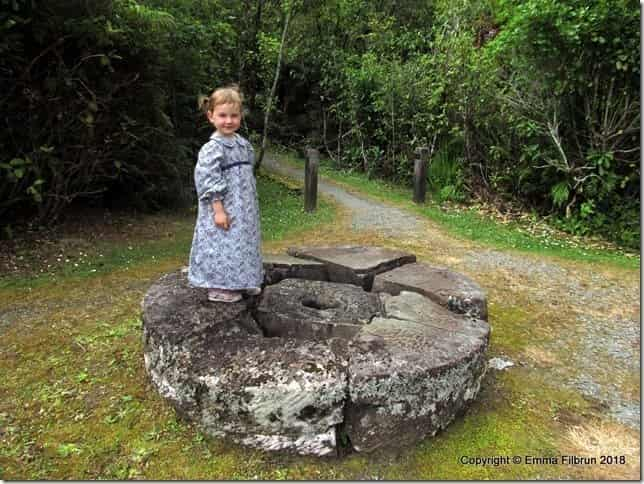
The clay came out of this mine.

A huge roof covers the remains of the beehive coke ovens. These ovens were packed full of coal, which was then burned for a couple of days with no or minimal air to remove impurities. Then, it was quickly cooled with water and pulled out to be sold as coke.

There are piles of bricks on both sides of the shed. I’m guessing these are the bricks that were used to close the doors of the ovens when they were making coke.
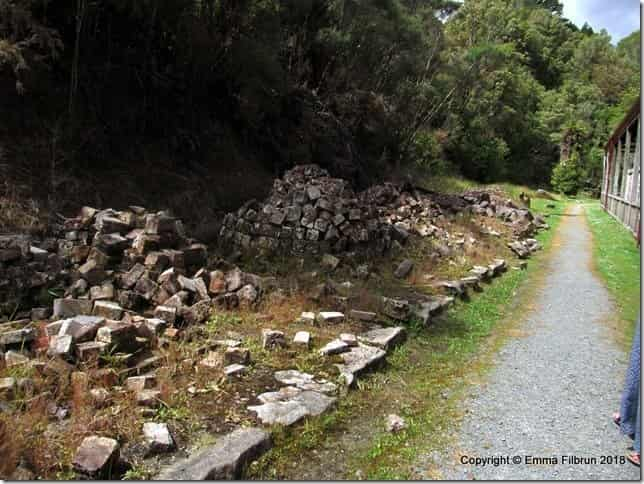
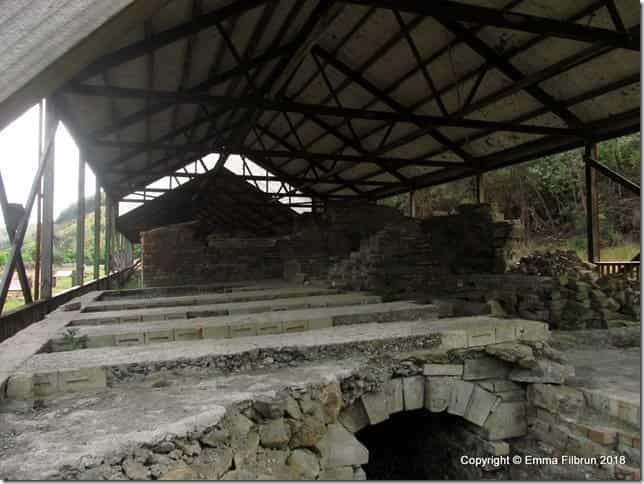


Looking across the river from the Brunner site. It’s hard to believe now that this was the biggest town on the Coast at one time!


We saw this dragonfly resting on the ground.

The entire Brunner site from the Tyneside side.

From the mine, we went up the road a couple of mile to the cemetery at Stillwater. This is where a large percentage of the miners who died in the 1896 explosion were buried. We were fascinated with the old graves.

The white fence surrounds the mass grave where 33 miners were buried together, many burned so badly as to be unrecognizable. It was very sobering to visit this place where so many people mourned at once on that day. Having read the book we did, we could understand better what it was like for them; the book was narrated by the fictitious son of a survivor, whose best friends had lost fathers or brothers.
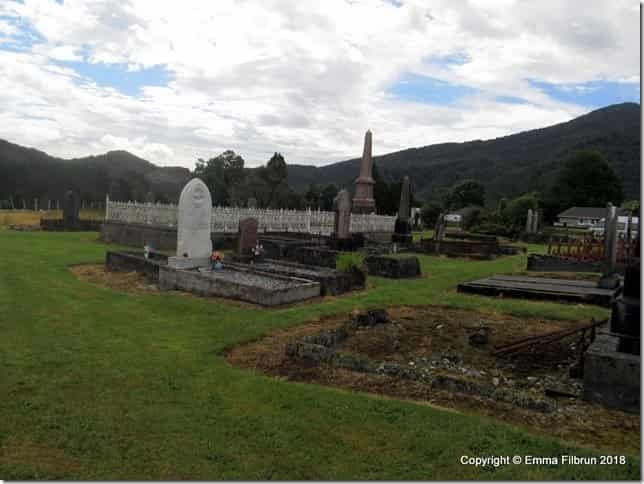


I have that book! It was given to me by Grandma one Christmas. I haven’t managed to read all of it, but it was very fascinating.
It’s even more interesting when you can picture the site! We started reading it several years ago, but didn’t get very far; now that we know the area we got a lot more out of it.